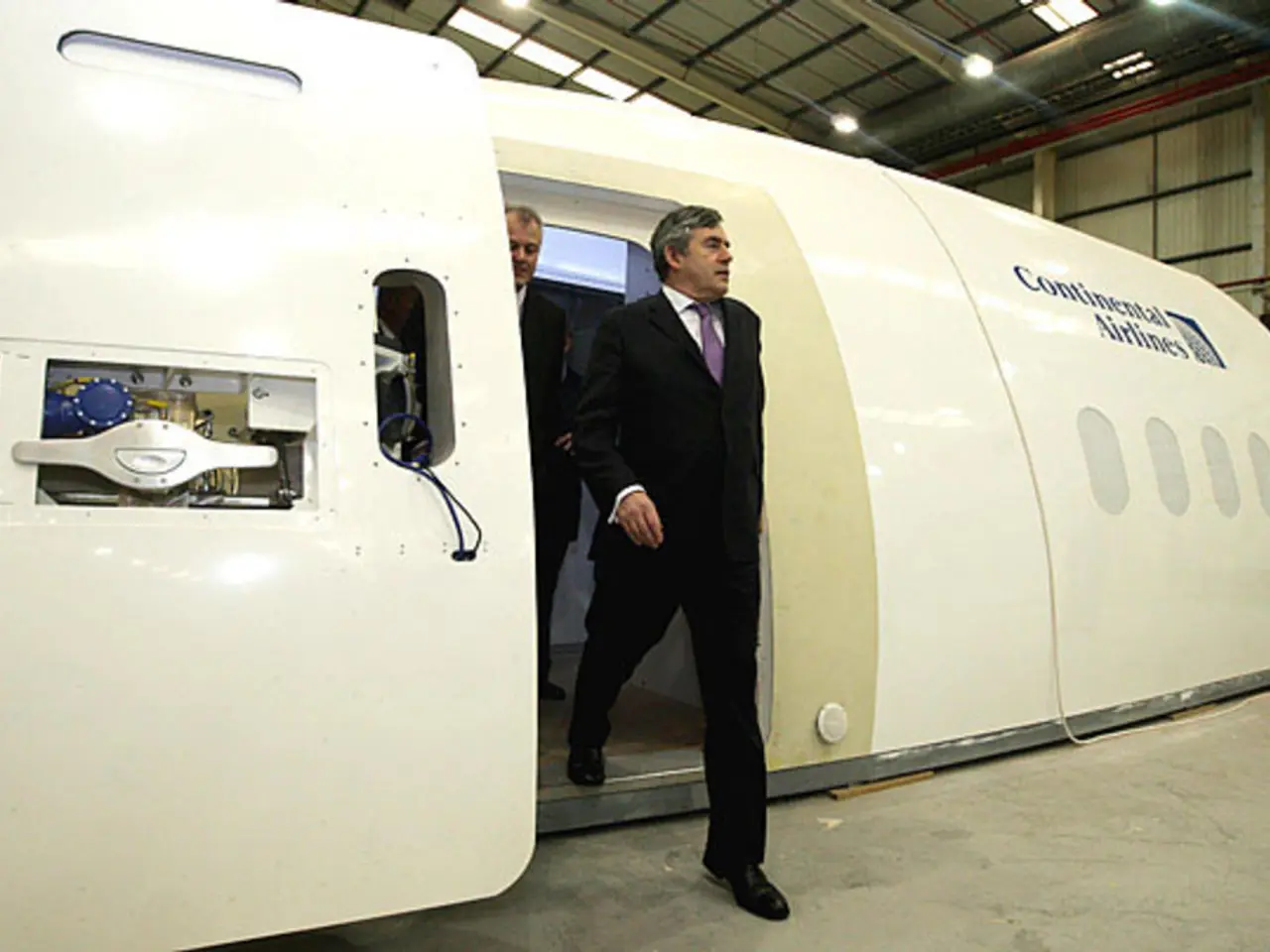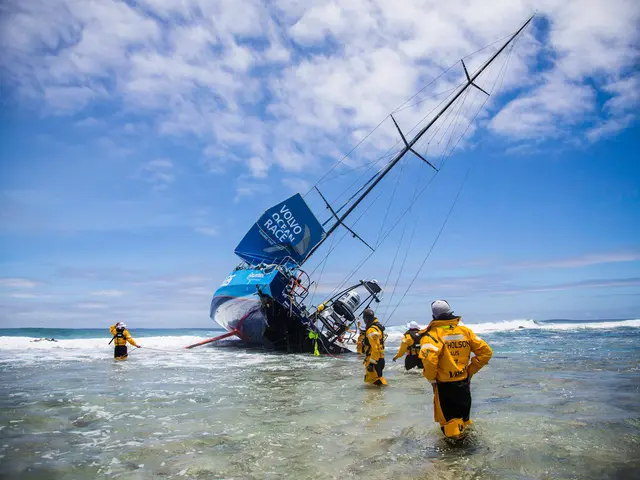Illicit Spy Operations During the Cold War and the Controversial Employment of Contraband Aircraft Designs in the Creation of Supersonic Commercial Planes
The Tu-144, often dubbed the "Concorde clone," is a fascinating chapter in the history of aviation. Its striking resemblance to the Concorde, a supersonic airliner developed by Western European countries, has been a subject of debate for years.
The Tu-144's development was allegedly aided by Soviet spying on Concorde blueprints, a claim that contributed to its visual similarity to the Concorde. Western European journalists nicknamed the Tu-144 the "Concordski" due to its likeness.
Both aircraft were supersonic passenger jets, but the Tu-144 had distinct differences such as a simpler wing design, heavier engines with longer intakes, and lower range performance. Despite these differences, the Tu-144 first flew just two months before the Concorde, but its rushed development led to performance and safety problems, including two major crashes and limited passenger service.
The Tu-144 required an afterburner on its Kuznetsov NK-144A engines, but the Tu-144D, a revised version, used Koliesov RD36-51 engines without afterburners. The Tu-144D addressed many of its initial issues and saw continued use, even flying missions for NASA until 1999 (Tu-144LL).
The exact nature of any espionage that occurred during the development of the Concorde is not specified. However, a documentary called "Concorde: The Race for Supersonic," recently aired on Channel 4 in the UK, discussed these events.
It's important to note that the Tu-144 was not the only competition for the Concorde. The Boeing 2702 and Lockheed L-2000 were also in development, ultimately cancelled. The Boeing 2707-200 and 2707-300, in particular, used canards, while the L-2000 did not. All teams working on supersonic airliners converged on a similar design, with a delta wing and similar overall shape.
The Concorde retired in 2003, marking the end of supersonic airliners until the development of the Lockheed Martin X-59 Quesst. The X-59 Quesst is being built for NASA to address the sonic boom and fuel usage issues of supersonic flight, potentially marking a resurgence in supersonic flight for airliners, decades after the L-2000 lost out to Boeing.
In conclusion, while the Tu-144 had its own unique engineering features, the evidence strongly supports the claim that the Soviet Tu-144 was essentially a copy or clone of the Concorde, influenced by espionage and direct design borrowing, as suggested in the documentary "Concorde: The Race for Supersonic." The legacy of the Tu-144 and its controversial development continues to shape the future of supersonic flight.
[1] Concorde: The Race for Supersonic, Channel 4, UK, 2021. [2] "Tu-144," Encyclopædia Britannica, https://www.britannica.com/technology/Tu-144. Accessed 15 March 2023.
- The intriguing parallels between the Tu-144 and the Concorde extend beyond their physical similarities, underpinned by claims of Soviet espionage on Concorde blueprints.
- Amidst the development of the Concorde, other projects such as the Boeing 2702, Lockheed L-2000, Boeing 2707-200, and 2707-300 were also in the works, all aiming to create supersonic airliners, but ultimately only the Concorde and Tu-144 would be realized.
- Though the Tu-144 faced numerous issues due to its rushed development, it played a significant role in the betting markets of space-and-astronomy, with sports-betting enthusiasts following its journey closely.
- The tuition fees for engineering programs specializing in aerospace technology have seen a sharp increase over the years, reflecting the premium placed on the knowledge and skills required to design the next generation of supersonic aircraft, a legacy that continues to be influenced by the Tu-144 and Concorde.








